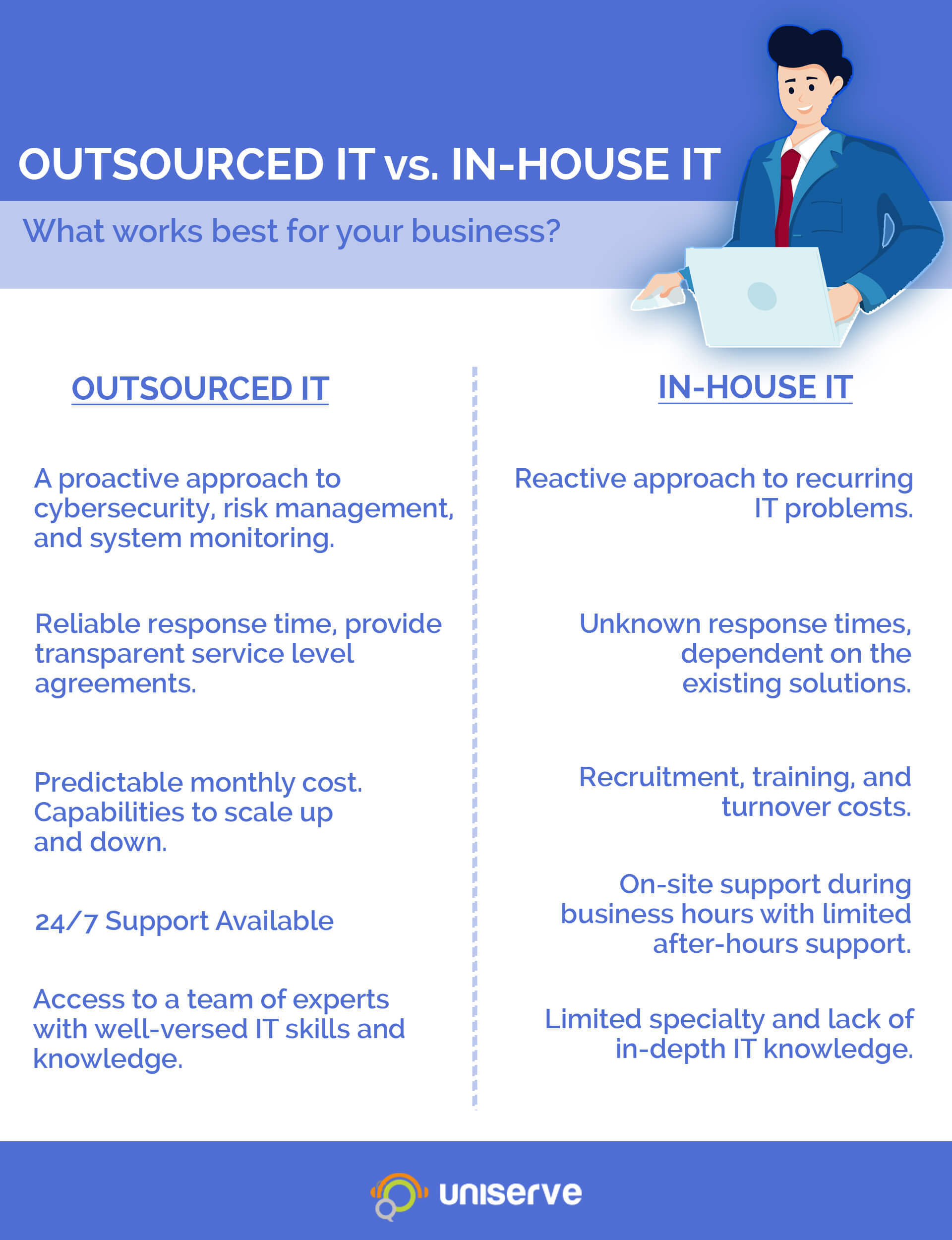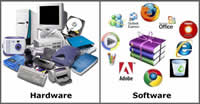

- Similarities between hardware and software install#
- Similarities between hardware and software code#
- Similarities between hardware and software professional#
Similarities between hardware and software install#
Similarly, there’s no need to install 12 different antivirus applications or disconnect from the internet forever. While official sources, such as the Center for Disease Control and prevention or World Health Organization, are trustworthy and reliable, apocalyptic gossips on social media are not and bring only harm. It is important to be extra careful with information we receive and share. Whenever a disease spreads, we need to educate ourselves and know what’s true about it and what’s not. And if the case seems complicated, it’s better to contact an expert.Įventually, the behavior of infected ones strongly influences how the virus outbreak goes.īeing careful and responsible is good overreacting and panicking is not. It’s important not to connect the computer to any networks or other devices until the malware is deleted. If there are any signs of a virus, we need to scan the device with a reliable antivirus. You must isolate to prevent virus spread. If a computer has “fallen ill” or just shows symptoms, it also needs proper diagnostics and treatment.
Similarities between hardware and software professional#
Staying at home instead of rushing to the office, getting professional help instead of self-medicating, covering up when coughing or sneezing - these are basic rules for everyone who’s sick.Ĭontaining a virus on your machine has similar protocols. If we catch a virus, from the common cold to something more serious, we should act responsibly. We are also helping to protect other people.

In both cases, we’re not just protecting our bodies or computers - this way we can stop the outbreak and prevent the infection curve from going up. At the same time, we all should practice safe behavior online - avoid clicking on suspicious links, using weak passwords, running shady apps, and so on. Similarly, we need to protect our devices with security software and keep it updated. These are ways to both avoid infection and to recover quickly should it happen. Investments in the immune system through a healthy diet, sleep, and exercise are important as well.


When are we at such risk? Basically, all the time. I believe there are three principles we can (and should) follow each time we are at risk of epidemics, be they biological or digital. This leads us to a few important conclusions. The crucial factor is that it is possible to stop the virus at the very beginning, drastically reducing the resulting damage. Though infection rates are dissimilar, the general pattern is similar: the infection starts from single points and quickly becomes massive you can see the exponential growth on both graphs above.
Similarities between hardware and software code#
In the examples above, Code Red virus managed to infect over 350,000 computers in less than 24 hours, while the Ebola virus affected over 25,000 people in more than a year. Source: Computer Virus Propagation Modelsįigure 2 shows some similarities between biological and computer viruses by analyzing the rate in which they spread over a certain timeframe. Pictured on the right are cases of the Code Red virus infection (by computers’ IP addresses) during its first outbreak in 2001. Click image for larger versionįigure 2: Pictured on the left are Ebola cases during the disease outbreak in 20 in Guinea, Liberia, and Sierra Leone. In 2008, Conficker worm infected, among others, the French Navy computer network forcing their aircraft to be grounded. MyDoom worm caused more than $38 billion in damage -comparable to the $40 billion global economic loss caused by the SARS coronavirus outbreak from 2002-2004. For example, in 2010, Stuxnet worm managed to cause substantial damage to the nuclear program of Iran. While computer viruses aren’t lethal, nor do they cause devastating health consequences, they can still have a dangerous global impact.


 0 kommentar(er)
0 kommentar(er)
